
Learn how to create a customizable backend API with Strapi that includes database schema creation, authentication implementation, and more.
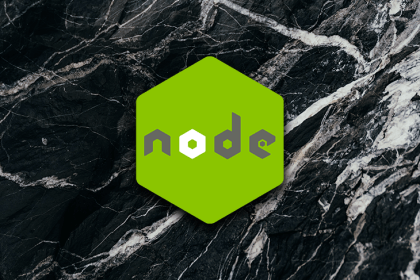
Managing configuration files across environments can be challenging, but using node-config to create Node.js configuration files can help.

Take a deep dive into code linting Node.js, including why you should be using a linter and how they can help improve your code.
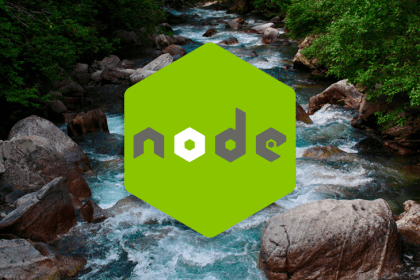
Learn how to use Node.js streams to efficiently handle large amounts of data and handle errors in Node streams.
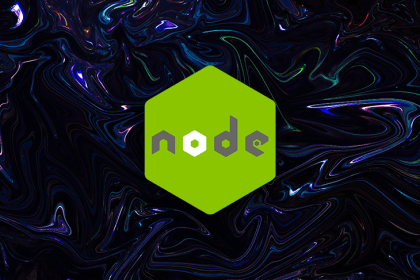
In this guide, walk through file processing in Node.js, from handling files and editing metadata to working with links and directories.

Improve the security of your Node.js apps with private keys or create useful gameplay features with this guide to random number generation.

Implementing app authentication from scratch can be a headache. Instead, use Passport, a popular module for auth in your Node.js app.
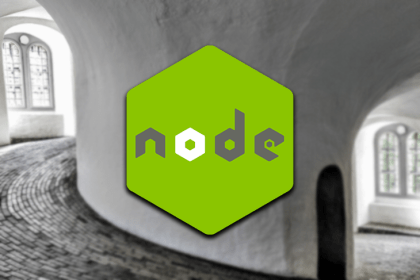
Learn the common patterns when using the Node.js path module for file system paths and when you shouldn’t manipulate paths into strings.
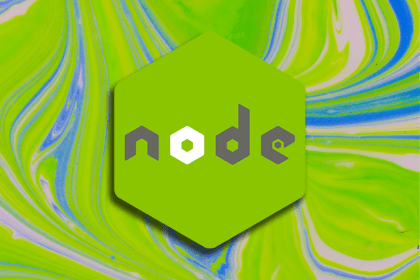
Duplex streams are a fundamental category of streams in Node.js. Learn how to create and implement them into a Node.js app.
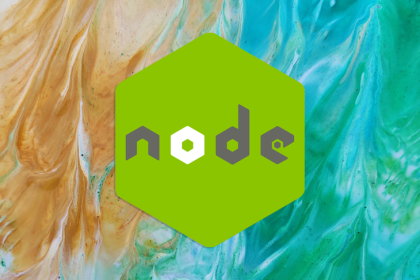
REPL takes a user input, executes it, and returns an output. Learn how to use the Node.js inbuilt REPL environment or create a custom REPL.

Run Next.js natively using Stackblitz WebContainers, which makes it easy to create, share, and deploy fullstack applications without needing your local development environment.
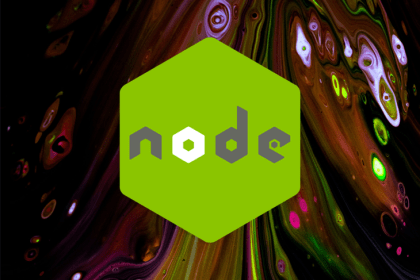
Server-side A/B testing allows for faster page speed and multi-step testing. Learn how to get started server-side testing in Node.js.